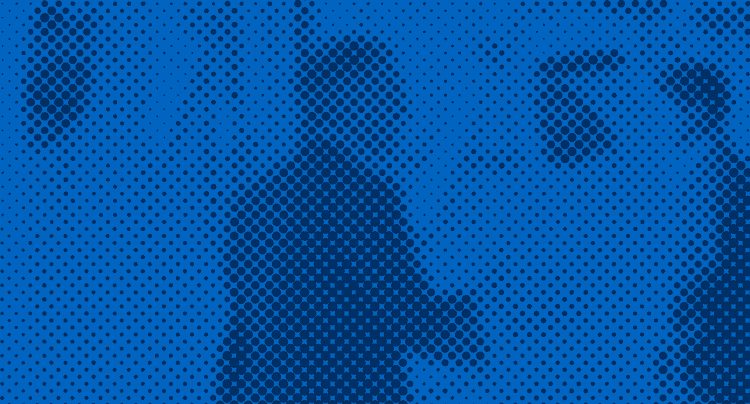The Problem
A nationally-owned energy company with eight subsidiaries had grown rapidly in recent years and anticipated continued aggressive growth with targets set to double both the number of business units and the number of employees in the next 8 years.
Pushed by the demands of aggressive growth, HR was showing signs of strain and business and HR leadership diagnosed the need for a fundamental restructuring and re-design of the HR function. While HR had some processes that worked well, overall the function was not aligned or integrated with the structure of the business and there was a critical need to improve strategic support HR to the businesses. There were also opportunities to improve operational HR performance.
The RBL Group was invited to help redesign the HR function, set a strategy for HR, and then train HR professionals throughout each business unit to be able to deliver better and faster support to the business.
The Solution
The first step was a leadership session with the top 50 leaders in the company. To set the case for change and the direction for the design, Dave Ulrich facilitated a session with the top 50 leaders in the company. The meeting clarified the enterprise business model (holding company), examined the business context and the key capabilities for the business to succeed, and commissioned a Steering Team t work with the macro HR design team.
The HR Design team began by developing an inventory of all the HR work across the enterprise, categorized strategic and essential HR work, and then developed a macro-level design that included targeted business capabilities, work processes, organization structure and roles, as well as support systems for both enterprise HR and BU groups.
With the macro-level design in place and staffed, business unit HR design teams conducted a micro-design process specific to business unit requirements. These design teams built out individual roles, staffing, and core HR processes at the business unit level.
The final phase included an HR development academy to upgrade manager and director skills in a diverse mix of HR sub-functions. Cohorts of 20-30 participants represented a mix of specialized functions (benefits, HR technology, etc.) and those who would be assuming the new HRBP roles. HR professionals attended an RBL-facilitated HR Professional Academy program that incorporated 12 classroom-training days, application assignments, business solution projects, and individual coaching and evaluation by business leaders and sponsors. Action learning projects targeted the biggest opportunities for the company’s future and leveraged an outside-in mindset to position HR solutions in ways not typically experienced by business leaders.
The Outcome
Leaders across the organization report significant improvement in the effectiveness of their HR professionals as a result of this combined effort to address both the structure of the HR organization and the capabilities of the HR professionals in the organization. Despite facing a challenging business environment, the project’s measures of success are strongly positive:
- HR has helped build the employee base needed to support new projects.
- HR has helped shift the balance of employees to reduce the number of ex-pats.
- HR has helped reduce the time to productivity of national engineers and technicians.
